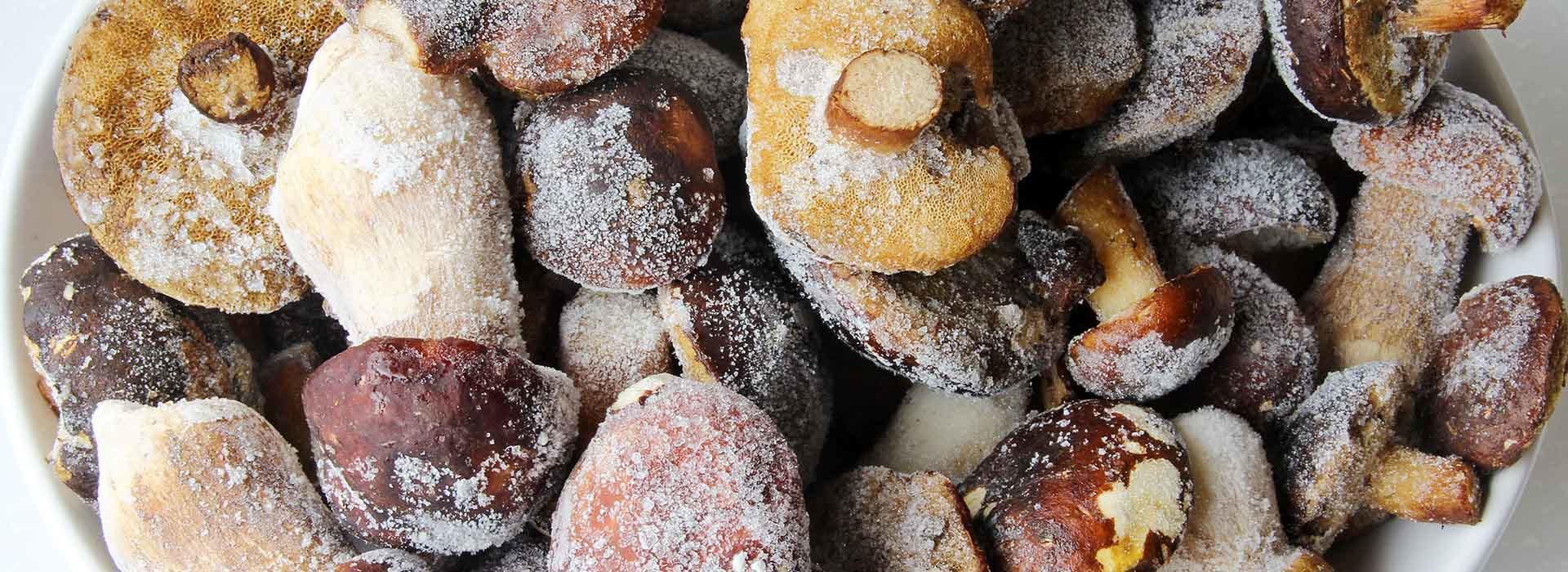

Articles
How Long Do Mushrooms Last In The Freezer
Modified: February 20, 2024
Discover how long mushrooms can last in the freezer and find helpful articles on preserving mushrooms for longer shelf life.
(Many of the links in this article redirect to a specific reviewed product. Your purchase of these products through affiliate links helps to generate commission for Storables.com, at no extra cost. Learn more)
Introduction
Welcome to the fascinating world of mushrooms and the wonders of freezing them! Mushrooms are a versatile ingredient beloved by many for their unique flavors, textures, and nutritional value. Whether you’re a mushroom enthusiast or simply looking for a way to preserve a surplus of mushrooms, freezing is an excellent option.
In this article, we will explore the topic of freezing mushrooms in detail, discussing the factors that affect their shelf life, proper preparation techniques, recommended freezing methods, storage tips, and how long you can expect frozen mushrooms to last. So, if you’ve ever wondered about the best way to preserve those delicate fungi, grab a cup of tea and let’s dive in!
Freezing mushrooms can be a convenient way to extend their shelf life, preserve their flavors, and have them readily available for your favorite recipes. However, not all mushrooms are created equal when it comes to freezing. Some mushrooms freeze exceptionally well, retaining their texture and taste, while others may undergo a change in texture or flavor, making them less desirable. Understanding the nature of mushrooms and the freezing process is crucial for achieving optimal results.
Before we delve into freezing techniques and storage guidelines, let’s take a closer look at the various factors that can affect the shelf life of mushrooms in the freezer. By understanding these variables, you can make informed decisions about preparing and storing your mushrooms for freezing.
Key Takeaways:
- Properly preparing and storing frozen mushrooms is essential for maximizing their shelf life. Techniques such as blanching, portioning, and airtight packaging can help preserve their flavors and textures for up to 6-12 months in the freezer.
- Regularly inspect frozen mushrooms for signs of spoilage, such as off-putting odors, discoloration, or texture changes. Following recommended freezing techniques and storage tips can ensure that your frozen mushrooms remain fresh and safe for consumption.
Read more: How Long Do Seeds Last In Freezer
Freezing Mushrooms: An Overview
Freezing mushrooms is a popular method for preserving their freshness and flavors. It allows you to enjoy mushrooms year-round, even when they’re out of season. Properly frozen mushrooms can maintain their taste, texture, and nutritional value for an extended period, making them a convenient pantry staple.
However, it’s important to note that not all varieties of mushrooms freeze well. Mushrooms with high water content, such as button mushrooms and cremini mushrooms, tend to freeze successfully. On the other hand, mushrooms with a delicate structure, such as shiitake or enoki mushrooms, may experience a change in texture after freezing.
When mushrooms are frozen, the moisture inside their cells forms ice crystals, which can lead to cell damage and affect their texture. In addition, freezing can alter the flavors of some mushrooms, causing them to become mushy or develop an off-taste. Therefore, it’s essential to follow proper freezing techniques to minimize these negative effects.
Before freezing mushrooms, it’s crucial to clean and prepare them properly. Start by gently brushing off any dirt or debris using a soft-bristled brush or a damp cloth. Avoid rinsing mushrooms under running water, as they can absorb water and become soggy. Once cleaned, you can choose to leave the mushrooms whole or slice them, depending on your preference.
Next, blanching is recommended for most types of mushrooms before freezing. Blanching involves briefly cooking the mushrooms in boiling water, followed by immediately plunging them into ice water to halt the cooking process. Blanching helps to preserve the color, flavor, and texture of the mushrooms, while also destroying enzymes that can lead to spoilage.
After blanching, it’s essential to drain the mushrooms thoroughly to remove excess moisture. Excess moisture can lead to freezer burn and deteriorate the quality of the mushrooms. Pat them dry with a kitchen towel or place them on a clean cloth to air dry for a few minutes before freezing.
When it comes to packaging the mushrooms for freezing, it’s crucial to use airtight containers or freezer bags to prevent freezer burn and maintain the quality of the mushrooms. Make sure to label the containers or bags with the date of freezing to keep track of their freshness. For added protection, consider double-layering the packaging or using freezer-safe containers to minimize the risk of freezer burn.
Now that we have a general understanding of freezing mushrooms, let’s explore the factors that can affect the shelf life of frozen mushrooms and learn how to store them properly to maximize their longevity.
Factors Affecting Mushroom Shelf Life in the Freezer
When it comes to freezing mushrooms, several factors can influence their shelf life and overall quality. By understanding these factors, you can make informed decisions about how to prepare and store your mushrooms to maximize their longevity in the freezer.
1. Mushroom Variety: Different mushroom varieties have varying water content, texture, and structural characteristics that can affect their freezeability. Some mushrooms, like button mushrooms and creminis, freeze well and maintain their quality. However, other mushrooms, such as shiitake or enoki mushrooms, have a delicate structure and may experience a change in texture or flavor after freezing.
2. Preparation Techniques: Properly preparing mushrooms before freezing is crucial for maintaining their quality. Cleaning mushrooms thoroughly and removing any dirt or debris is the first step. It’s important to avoid rinsing mushrooms under running water, as they can absorb moisture and become soggy. Instead, use a soft brush or damp cloth to gently clean them. Blanching mushrooms in boiling water for a short time helps preserve their color, flavor, and texture, while also inactivating enzymes that can cause spoilage. Drain the mushrooms well after blanching to remove excess moisture, as too much moisture can lead to freezer burn.
3. Packaging and Storage: The way you package and store mushrooms in the freezer can significantly impact their shelf life. It’s essential to use airtight containers or freezer bags specifically designed for freezing to prevent moisture loss and protect the mushrooms from freezer burn. Properly label the containers or bags with the date of freezing for easy identification. Storage temperature also plays a vital role. It’s recommended to set your freezer temperature to 0°F (-18°C) or lower for optimal preservation of frozen mushrooms.
4. Freezer Burn: Freezer burn is a common concern when freezing any food, including mushrooms. It occurs when the surface of the mushrooms is exposed to air and dehydration takes place. This can result in dry, discolored patches on the mushrooms, affecting both taste and texture. To minimize the risk of freezer burn, ensure that the mushrooms are properly sealed in airtight packaging and avoid keeping them in the freezer for extended periods.
5. Length of Freezing: While freezing can preserve mushrooms for an extended period, their quality may gradually deteriorate over time. It’s recommended to consume frozen mushrooms within 6-12 months for optimal taste and texture. After this period, they may still be safe to eat but might not deliver the same flavor and texture as freshly frozen mushrooms.
By considering these factors and implementing proper preparation and storage techniques, you can prolong the shelf life of your frozen mushrooms and ensure that they retain their quality and taste for as long as possible.
Properly Preparing Mushrooms for Freezing
Before you freeze mushrooms, it’s important to properly prepare them to ensure the best possible preservation and maintain their quality. Follow these steps to prepare your mushrooms for freezing:
1. Clean the Mushrooms: Start by gently cleaning the mushrooms to remove any dirt or debris. Avoid rinsing them under running water, as mushrooms can absorb water and become soggy. Instead, use a soft-bristled brush or a damp cloth to gently brush off any dirt. Take care not to bruise or damage the mushrooms during this process.
2. Slice or Leave Whole: Depending on your preference and the type of dish you plan to use the mushrooms in, you can either leave the mushrooms whole or slice them before freezing. Keep in mind that sliced mushrooms may thaw more quickly and can be convenient for certain recipes.
3. Blanch the Mushrooms: Blanching is an important step in preparing mushrooms for freezing. Blanching helps preserve their color, flavor, and texture, and also helps inactivate enzymes that can cause spoilage. Bring a pot of water to a boil and blanch the mushrooms for about 1-2 minutes. Then, quickly transfer them to a bowl of ice water to cool down and stop the cooking process.
4. Drain and Dry: After blanching, drain the mushrooms thoroughly to remove excess moisture. Excess moisture can lead to freezer burn and affect the quality of the mushrooms. You can pat them dry with a kitchen towel or place them on a clean cloth to air dry for a few minutes before freezing.
5. Portion the Mushrooms: Consider how you will use the mushrooms in the future and portion them accordingly before freezing. Dividing them into smaller portions makes it easier to defrost only the amount you need for a particular recipe, minimizing waste.
6. Package for Freezing: Use freezer-safe containers or freezer bags to package the prepared mushrooms. Make sure the containers or bags are airtight to prevent moisture loss and protect the mushrooms from freezer burn. It’s a good practice to remove as much air as possible from the packaging to minimize the risk of freezer burn.
7. Label and Date: Properly label the containers or bags with the name of the mushrooms and the date of freezing. This will help you keep track of their freshness and easily identify them in the freezer later.
By following these steps, you can ensure that your mushrooms are properly prepared for freezing, preserving their taste, texture, and nutritional value until you’re ready to use them.
Recommended Freezing Techniques for Mushrooms
When it comes to freezing mushrooms, there are several techniques you can use to preserve their quality and prolong their shelf life. Here are some recommended freezing techniques to ensure the best results:
1. Flash Freezing: Flash freezing involves spreading the prepared mushrooms in a single layer on a baking sheet or tray and placing them in the freezer. This technique helps prevent the mushrooms from clumping together, allowing for easier portioning and faster freezing. Once the mushrooms are frozen individually, you can transfer them to freezer bags or airtight containers for long-term storage.
2. Tray Freezing: If you prefer to freeze the mushrooms directly in the desired portion size, you can use the tray freezing method. Simply arrange the mushrooms in the containers or bags in the desired portions and flatten them using a spoon or spatula. This helps prevent air pockets and makes it easier to separate the mushrooms later on when you only need a portion of them.
3. Vacuum Sealing: Vacuum sealing is an excellent technique for preserving the freshness and quality of frozen mushrooms. Using a vacuum sealer, remove the air from the packaging and create a tight seal around the mushrooms. Vacuum sealing minimizes the risk of freezer burn and provides a longer shelf life for your frozen mushrooms.
4. Pre-freeze Sliced Mushrooms: If you plan to freeze sliced mushrooms, it’s beneficial to pre-freeze them on a baking sheet or tray before transferring them to containers or bags. This prevents the slices from sticking together during freezing and makes it easier to separate them when you need to use a specific portion.
5. Frozen in Liquid: Another freezing technique for mushrooms is to freeze them in a liquid such as broth or water. This method can help maintain the mushrooms’ texture and flavor and prevent dehydration. Simply place the cleaned and prepared mushrooms in a freezer-safe container, cover them with liquid, leaving some headspace for expansion, and freeze. This technique is particularly useful if you plan to use the mushrooms for soups or stews.
Remember to always follow the proper preparation techniques for mushrooms before implementing these freezing methods. By using these techniques, you can ensure that your frozen mushrooms retain their taste, texture, and nutritional value, ready to be used in your favorite recipes whenever you need them.
To extend the shelf life of mushrooms in the freezer, it’s best to blanch them first before freezing. This helps preserve their texture and flavor for up to 12 months.
Read more: How Long Do Pizzas Last In The Freezer
Storing Frozen Mushrooms
Proper storage of frozen mushrooms is essential for maintaining their quality and prolonging their shelf life. Here are some tips for storing frozen mushrooms:
1. Airtight Containers or Freezer Bags: Use freezer-safe containers or freezer bags to store your frozen mushrooms. Ensure that the containers or bags are airtight to prevent moisture loss and protect the mushrooms from exposure to air, which can lead to freezer burn and deterioration. Consider double-layering the packaging or using heavy-duty freezer bags for added protection.
2. Portion Control: Portion your frozen mushrooms according to your needs. Dividing them into smaller portions helps minimize waste and allows you to defrost only the amount you need for a particular recipe. This way, you won’t have to thaw the entire package when you only need a portion of the mushrooms.
3. Labeling and Dating: Properly label the containers or bags with the name of the mushrooms and the date of freezing. This will help you keep track of their freshness and easily identify them in the freezer later. Keeping track of the freezing date is particularly important since mushrooms are best consumed within a certain period for optimal taste and texture.
4. Organize and Stack: Arrange the containers or bags in an organized manner in your freezer. Try to stack them neatly to maximize space. This will make it easier to find and access the frozen mushrooms when you need them, preventing unnecessary thawing and refreezing.
5. Proper Freezer Temperature: Set your freezer temperature to 0°F (-18°C) or lower for optimal preservation of frozen mushrooms. Maintaining the appropriate temperature helps retain the quality and freshness of the mushrooms over time. Regularly check and monitor your freezer temperature to ensure it remains at the desired level.
6. Avoid Frequent Thawing and Refreezing: Try to avoid thawing and refreezing the mushrooms repeatedly, as this can negatively impact their texture and taste. If you only need a portion of the frozen mushrooms, plan ahead and thaw only the amount you need, leaving the rest in the freezer for later use.
7. Properly Sealed Containers: Whenever you take out a portion of frozen mushrooms from the freezer, ensure that the remaining mushrooms are properly sealed and stored again immediately. This will help prevent moisture loss and maintain the quality of the mushrooms.
By following these storage tips, you can ensure that your frozen mushrooms remain fresh, tasty, and ready to enhance your culinary creations whenever you need them.
How Long Can Mushrooms Last in the Freezer?
The shelf life of mushrooms in the freezer can vary depending on various factors, including the type of mushroom, the quality at the time of freezing, and the proper storage conditions. While mushrooms can last for an extended period in the freezer, it’s recommended to consume them within a certain timeframe for optimal taste and texture.
On average, properly frozen mushrooms can retain their quality for 6 to 12 months. However, it’s important to note that the texture and flavor may gradually deteriorate over time. Therefore, for the best culinary experience, it’s advisable to consume frozen mushrooms within the first 6 to 12 months.
With that said, it’s worth mentioning that frozen mushrooms are safe to eat beyond this timeframe. As long as they have been stored in airtight containers or freezer bags and maintained at a constant freezing temperature, they should still be safe for consumption. However, they may not provide the same taste and texture as freshly frozen mushrooms.
It’s crucial to follow proper freezing and storage techniques to ensure the longest possible shelf life for your frozen mushrooms. This includes blanching them before freezing, using airtight containers or freezer bags, labeling and dating the packaging, and storing them at the proper freezer temperature.
If you find yourself with a surplus of mushrooms nearing the end of their recommended freezing period, consider using them in recipes that require cooking, such as soups, stews, sauces, or stir-fries. Cooking can help mask any slight changes in texture and flavor that may have occurred during freezing.
Remember to always inspect the mushrooms before using them, even within the recommended timeframe. Look for any signs of freezer burn, such as discoloration or dry patches. If the mushrooms appear to be severely freezer burned or have an off-putting odor, it’s best to discard them.
By being mindful of the freezing timeline and storing your mushrooms properly, you can enjoy the convenience of having mushrooms on hand throughout the year, ready to enhance your favorite dishes with their unique flavors and textures.
Signs of Mushroom Spoilage
While frozen mushrooms can last for an extended period if stored properly, it’s important to be aware of the signs of mushroom spoilage. Here are some common indicators that your frozen mushrooms may have gone bad:
1. Off-putting Odor: If the mushrooms emit a strong, unpleasant odor when you open the container or bag, it’s a sign that they may have spoiled. Mushrooms should have a mild, earthy scent, so any foul or pungent smell indicates that they are no longer suitable for consumption.
2. Discoloration: Check the color of the mushrooms. While slight discoloration is normal after freezing, significant changes in color, such as darkening or browning, may suggest spoilage. Additionally, if you notice any unusual colors like pink, blue, or green, it’s a clear indication that the mushrooms have spoiled.
3. Texture Changes: Mushrooms that have gone bad may exhibit changes in texture. They can become excessively soft, slimy, or mushy. Any noticeable changes in texture, especially an unpleasant sliminess, are signs of spoilage.
4. Freezer Burn: Freezer burn occurs when the mushrooms are exposed to air, resulting in dry, discolored patches on the surface. If you notice freezer burn on your frozen mushrooms, it’s an indication that they have not been properly sealed or have been stored for an extended period. While freezer-burned mushrooms are generally safe to consume, they may have a compromised texture and flavor.
5. Ice Crystals: Examine the mushrooms for the presence of excessive ice crystals. While small ice crystals are normal after freezing, a large amount of ice indicates that the mushrooms may have undergone multiple thawing and refreezing cycles. This can lead to a loss of quality and potential spoilage.
6. Mold or Fungal Growth: If you see any signs of mold or other fungal growth on the mushrooms, discard them immediately. Mold growth is a clear indication of spoilage and poses a health risk if consumed.
It’s important to remember that if you have any doubts about the safety or quality of the frozen mushrooms, it’s best to err on the side of caution and discard them. Consuming spoiled mushrooms can lead to foodborne illnesses and digestive discomfort.
Regularly inspect your frozen mushrooms for these signs of spoilage. Properly stored and correctly handled frozen mushrooms can maintain their quality for an extended period, ensuring that you can enjoy delicious and safe mushrooms in your culinary creations.
Tips for Maximizing Mushroom Shelf Life in the Freezer
To ensure the maximum shelf life and quality of your frozen mushrooms, consider implementing the following tips:
1. Use Fresh, High-Quality Mushrooms: Start with fresh mushrooms of good quality. Look for mushrooms that are firm, with no signs of bruising or deterioration. Using fresh mushrooms as a starting point will help maximize their shelf life in the freezer.
2. Clean Thoroughly Before Freezing: Cleaning mushrooms before freezing is crucial to remove any dirt or debris. Gently brush off any dirt using a soft-bristled brush or a damp cloth. Avoid rinsing them under running water, as mushrooms can absorb water and become soggy.
3. Blanch Before Freezing: Consider blanching the mushrooms before freezing. Blanching helps preserve their color, flavor, and texture, while also inactivating enzymes that can cause spoilage. After blanching, make sure to drain the mushrooms thoroughly to remove excess moisture.
4. Portion the Mushrooms: Portion the mushrooms based on your needs before freezing. Dividing them into smaller portions will help minimize waste and make defrosting more convenient. It’s a good practice to freeze mushrooms in portions that align with your typical usage, such as for a single recipe or serving size.
5. Label and Date: Properly label the containers or bags with the name of the mushrooms and the date of freezing. This will help you keep track of their freshness and easily identify them in the freezer. It’s important to consume the mushrooms within the recommended timeframe to ensure the best quality.
6. Store in Airtight Packaging: Use airtight containers or freezer bags to store your frozen mushrooms. This prevents freezer burn, dehydration, and exposure to air, which can compromise the quality of the mushrooms. Ensure the packaging is properly sealed to minimize moisture loss.
7. Stabilize Freezer Temperature: Maintain a consistent and appropriate temperature in your freezer, ideally at 0°F (-18°C) or lower. Fluctuating temperatures can impact the quality of the mushrooms and lead to texture changes or spoilage. Regularly check and monitor the freezer temperature to ensure it remains optimal.
8. Avoid Frequent Thawing and Refreezing: Thawing and refreezing mushrooms multiple times can affect their texture and taste. Plan ahead and only defrost the amount you need for a specific recipe or meal to minimize unnecessary thawing and refreezing, which can compromise the quality of the mushrooms.
9. Use a Desiccant Pack: Adding a desiccant pack to the packaging can help absorb any moisture that may be present, further protecting the mushrooms from freezer burn and maintaining their quality. Place the desiccant pack in the container or bag before sealing it.
10. Regularly Rotate and Use: Practice the “first in, first out” principle to ensure you use the oldest frozen mushrooms first. Regularly rotate your stock and consume the frozen mushrooms within the recommended timeframe for the best taste and texture.
By following these tips, you can maximize the shelf life of your frozen mushrooms, ensuring that they retain their quality and flavors until you’re ready to use them. Enjoy the convenience of having mushrooms at your fingertips, ready to enhance your culinary creations whenever you need them!
Read more: How Long Do Uncrustables Last In Freezer
Conclusion
Freezing mushrooms is an excellent way to preserve their freshness and flavors, allowing you to enjoy them year-round. By properly preparing and storing your mushrooms, you can maximize their shelf life and maintain their quality in the freezer.
When freezing mushrooms, remember to clean them thoroughly and consider blanching them before freezing. Blanching helps preserve their color, flavor, and texture, while also inactivating enzymes that can cause spoilage. Properly package the mushrooms in airtight containers or freezer bags, ensuring that they are properly sealed to prevent moisture loss and freezer burn.
Understanding the factors that affect mushroom shelf life in the freezer, such as the mushroom variety and proper packaging techniques, is crucial for achieving the best results. By following recommended freezing techniques and storage tips, you can extend the shelf life of your mushrooms and enjoy their flavors and textures whenever you desire.
Remember to keep an eye out for signs of mushroom spoilage, such as an off-putting odor, discoloration, texture changes, freezer burn, mold, or fungal growth. If you notice any of these signs, it’s best to discard the mushrooms to avoid any potential health risks.
Ultimately, maintaining a consistent freezer temperature, avoiding frequent thawing and refreezing, and using the “first in, first out” principle will help you make the most of your frozen mushrooms. Regularly rotate your stock and consume the mushrooms within the recommended timeline for optimal taste and quality.
Freezing mushrooms opens up a world of culinary possibilities, allowing you to enjoy these delightful fungi in various recipes throughout the year. So, next time you have a surplus of mushrooms or want to stock up for future meals, remember the tips and techniques outlined in this article to maximize the shelf life of your frozen mushrooms.
With proper preparation, storage, and attention to detail, you can confidently freeze mushrooms and savor their flavors and textures whenever you need them, adding that delightful umami punch to your favorite dishes, from savory soups to rich stir-fries and everything in between. Happy freezing and cooking!
Frequently Asked Questions about How Long Do Mushrooms Last In The Freezer
Was this page helpful?
At Storables.com, we guarantee accurate and reliable information. Our content, validated by Expert Board Contributors, is crafted following stringent Editorial Policies. We're committed to providing you with well-researched, expert-backed insights for all your informational needs.
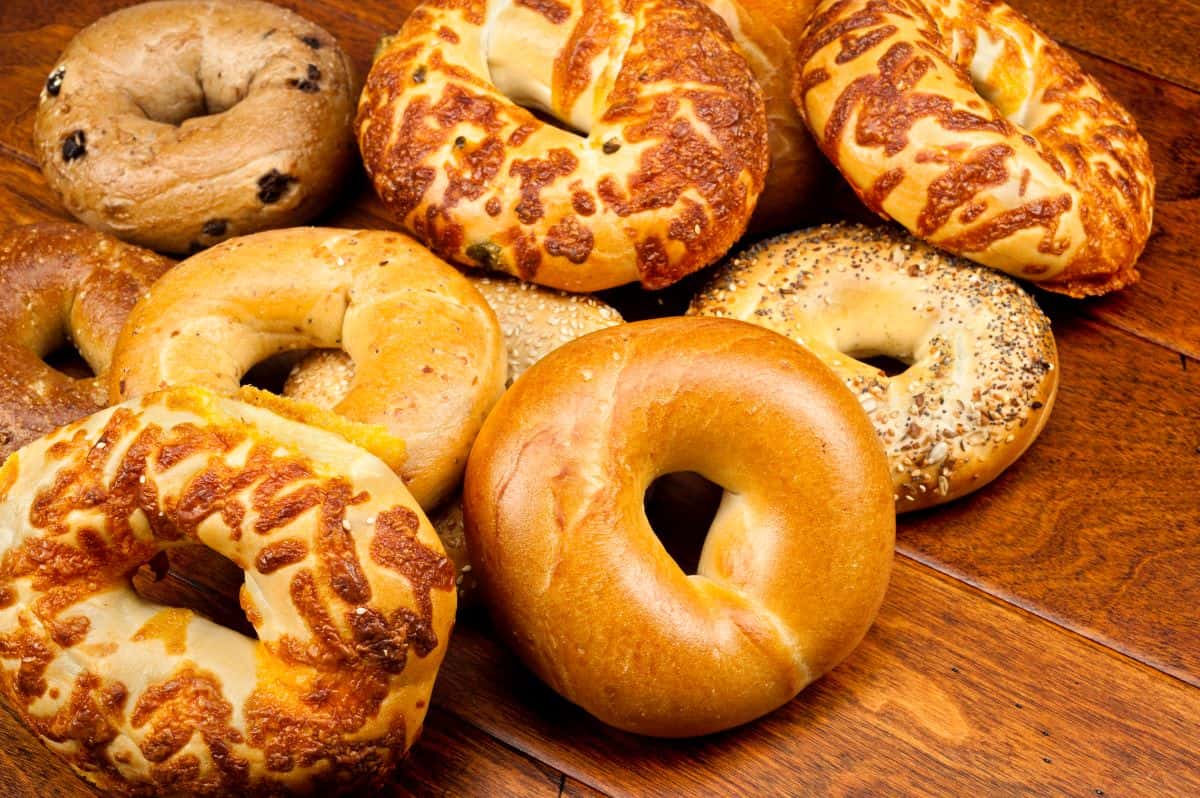



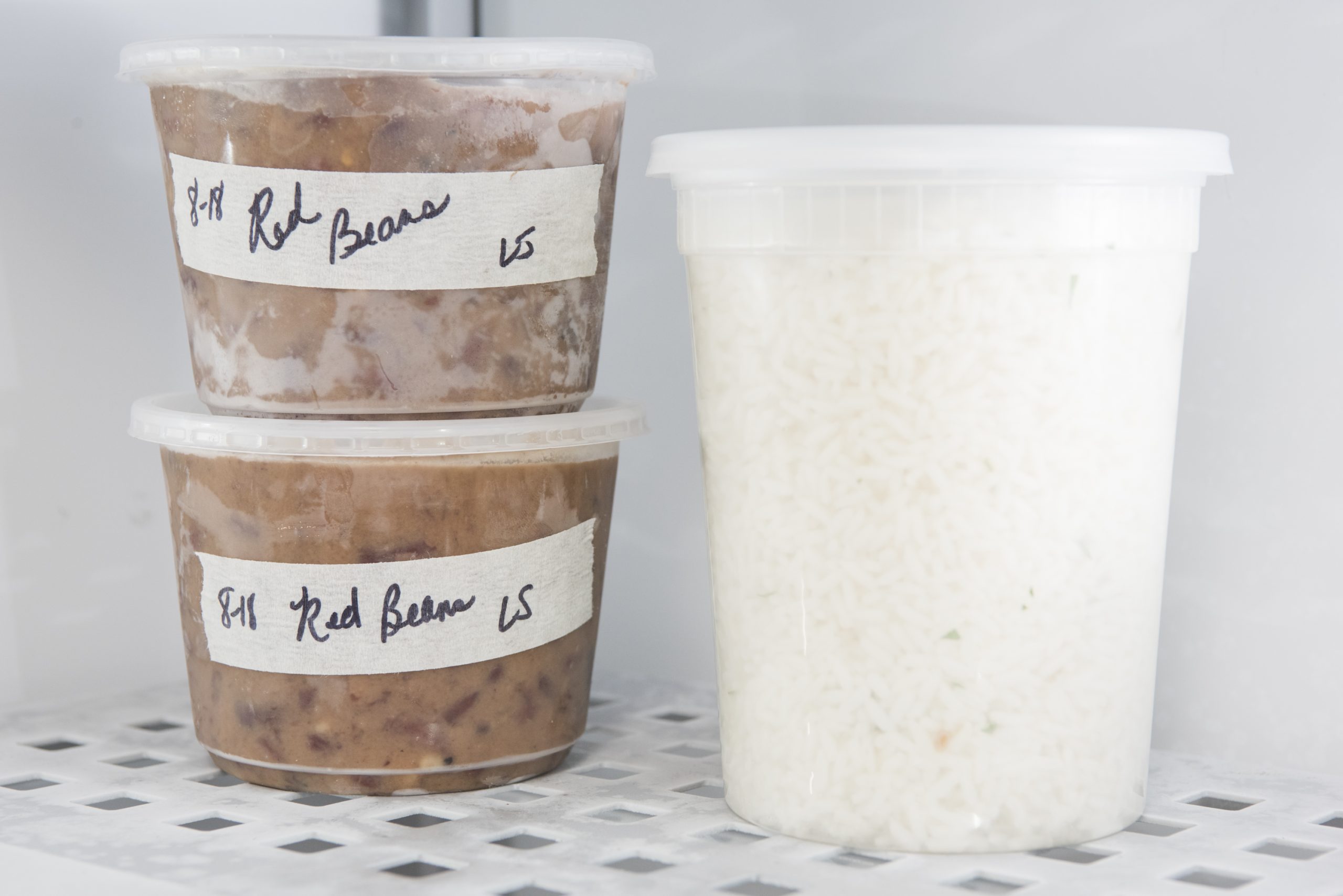
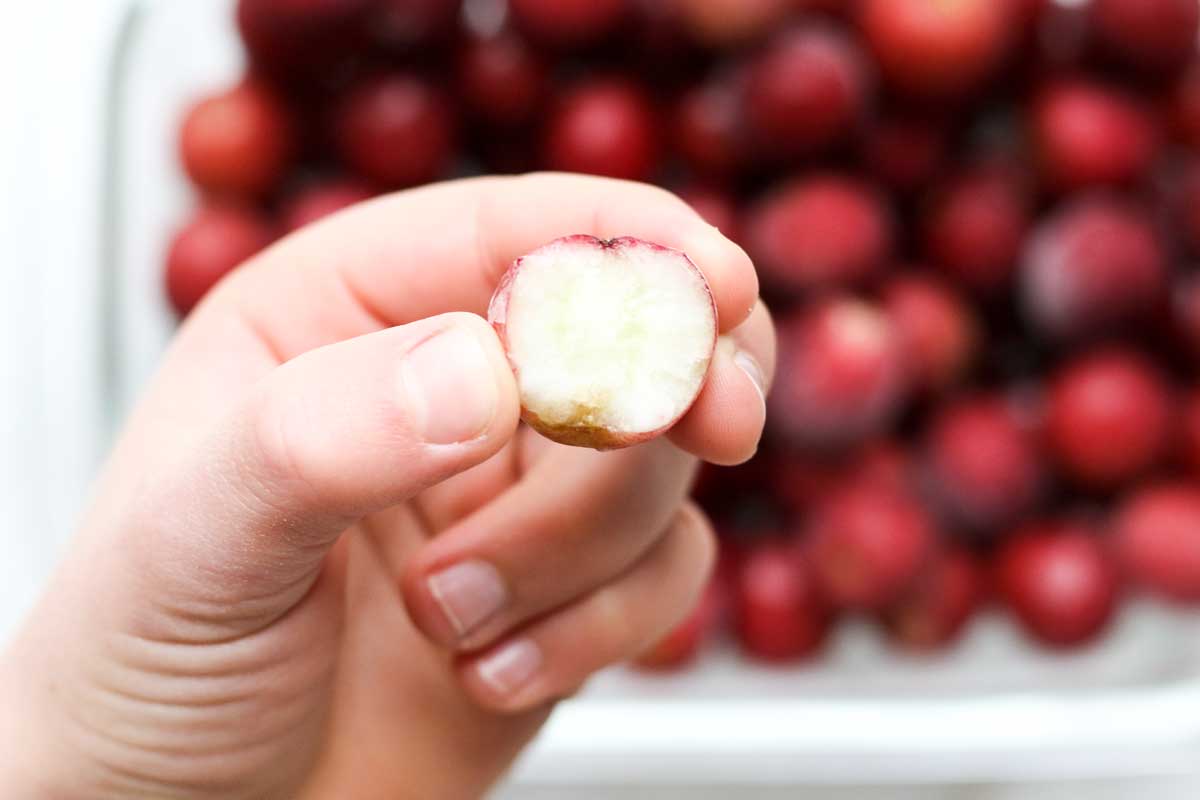
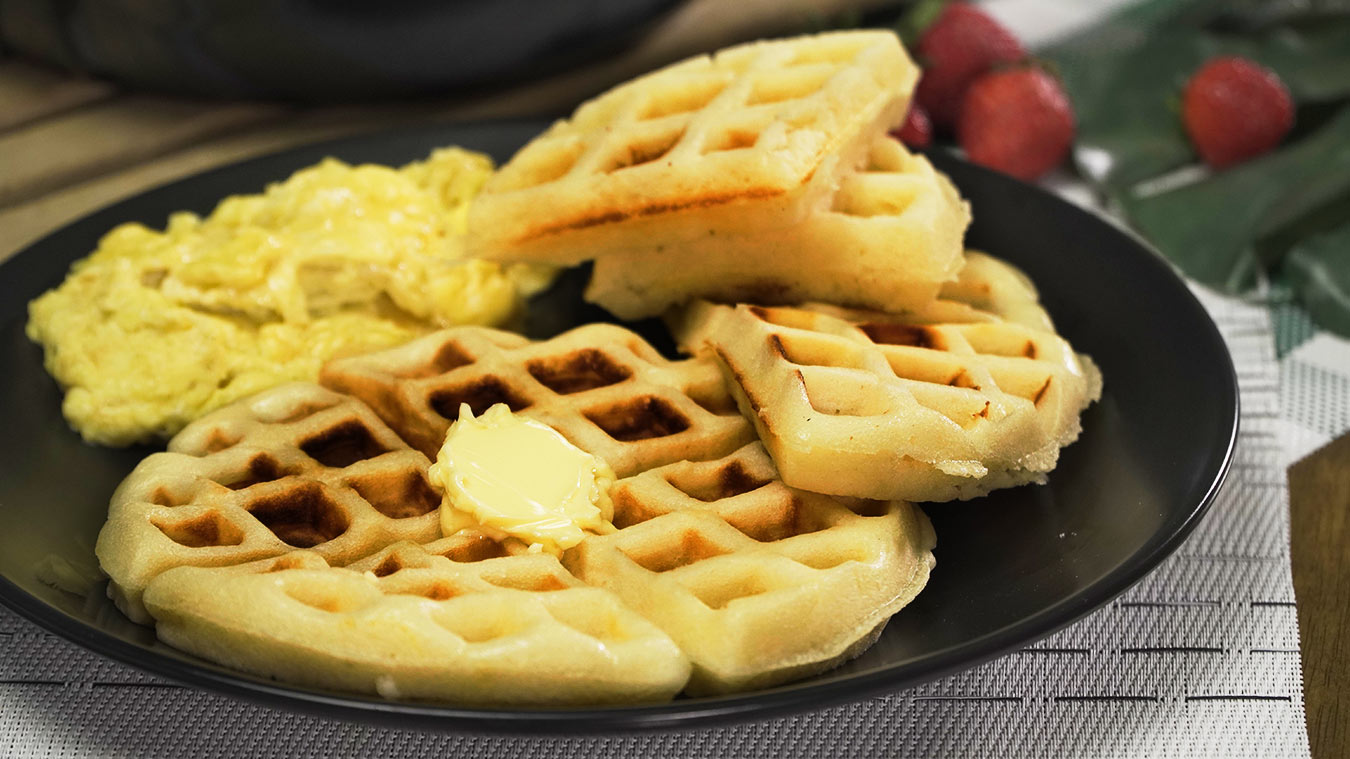
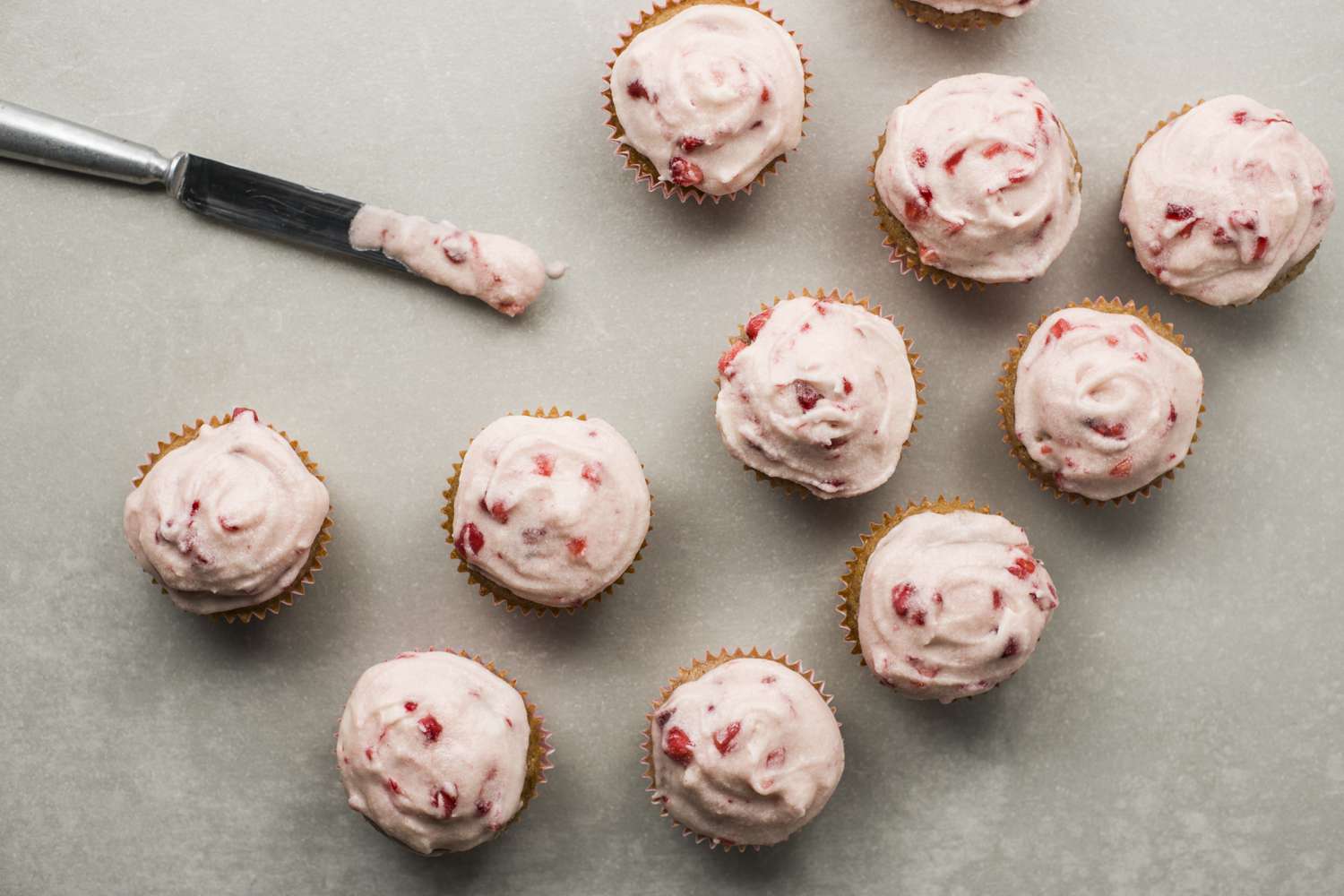
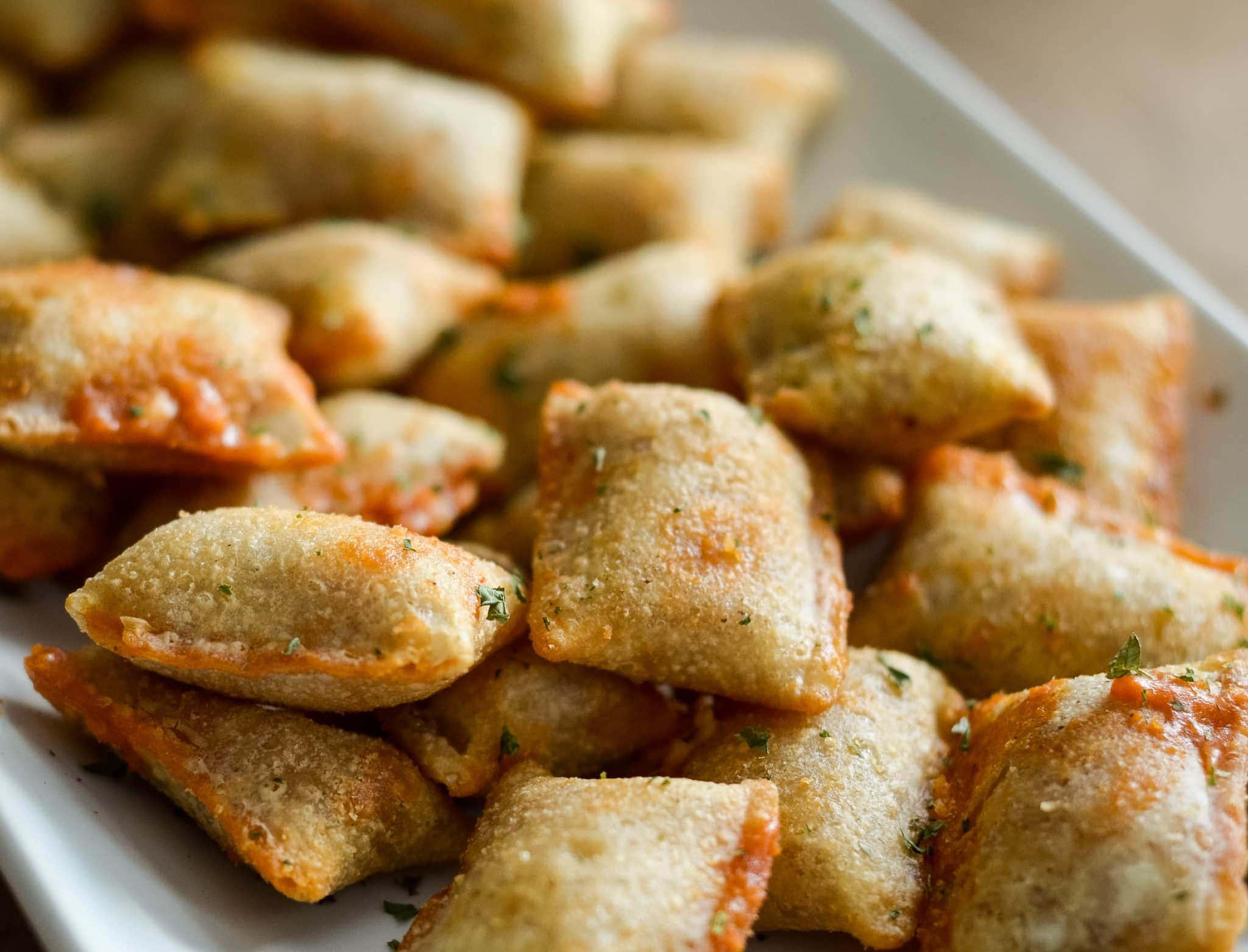
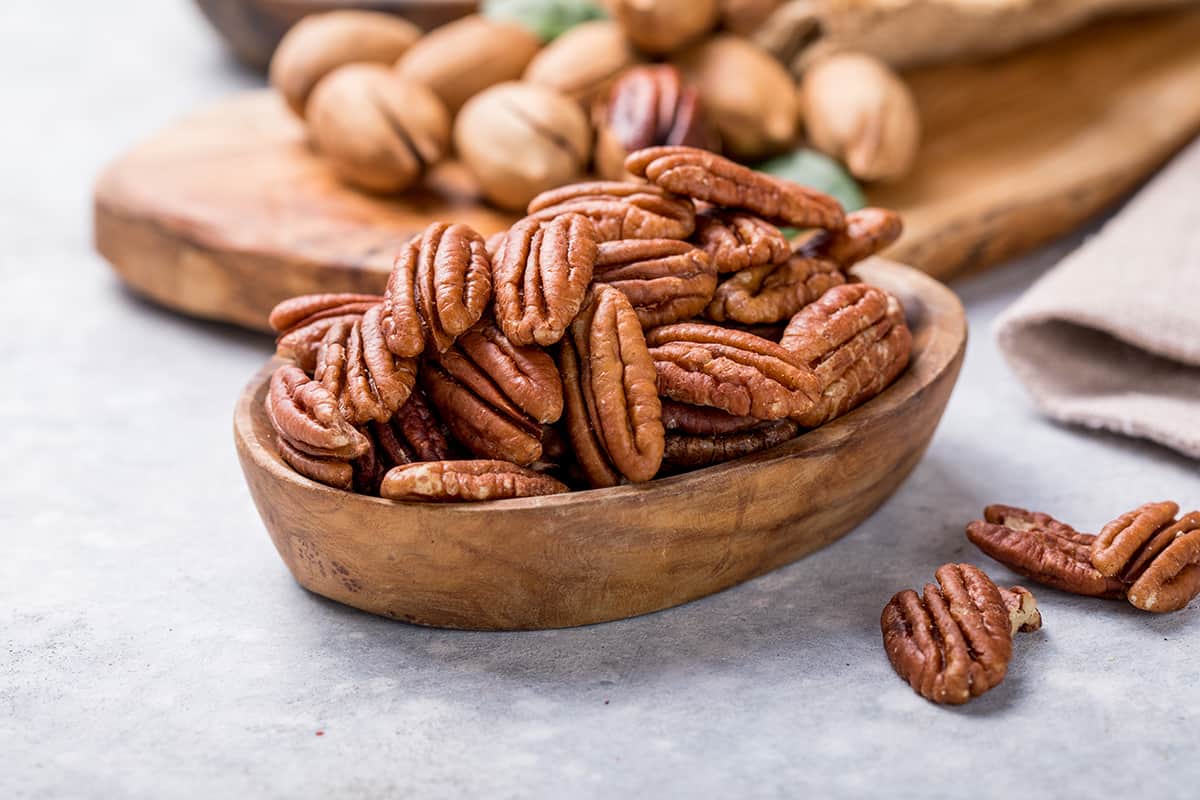
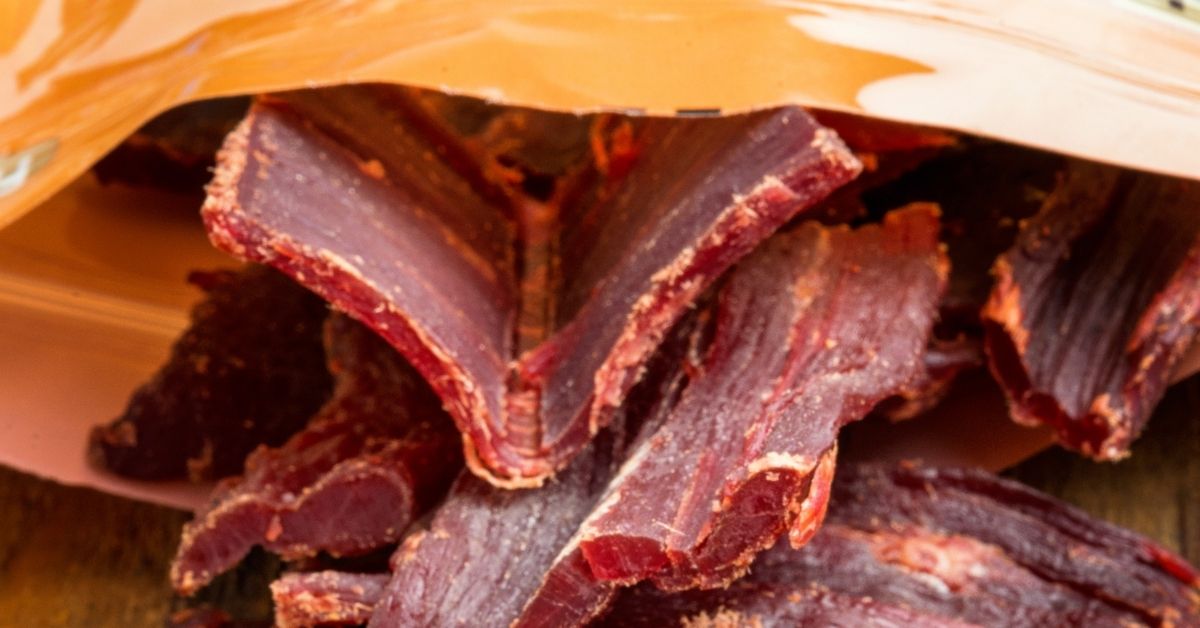
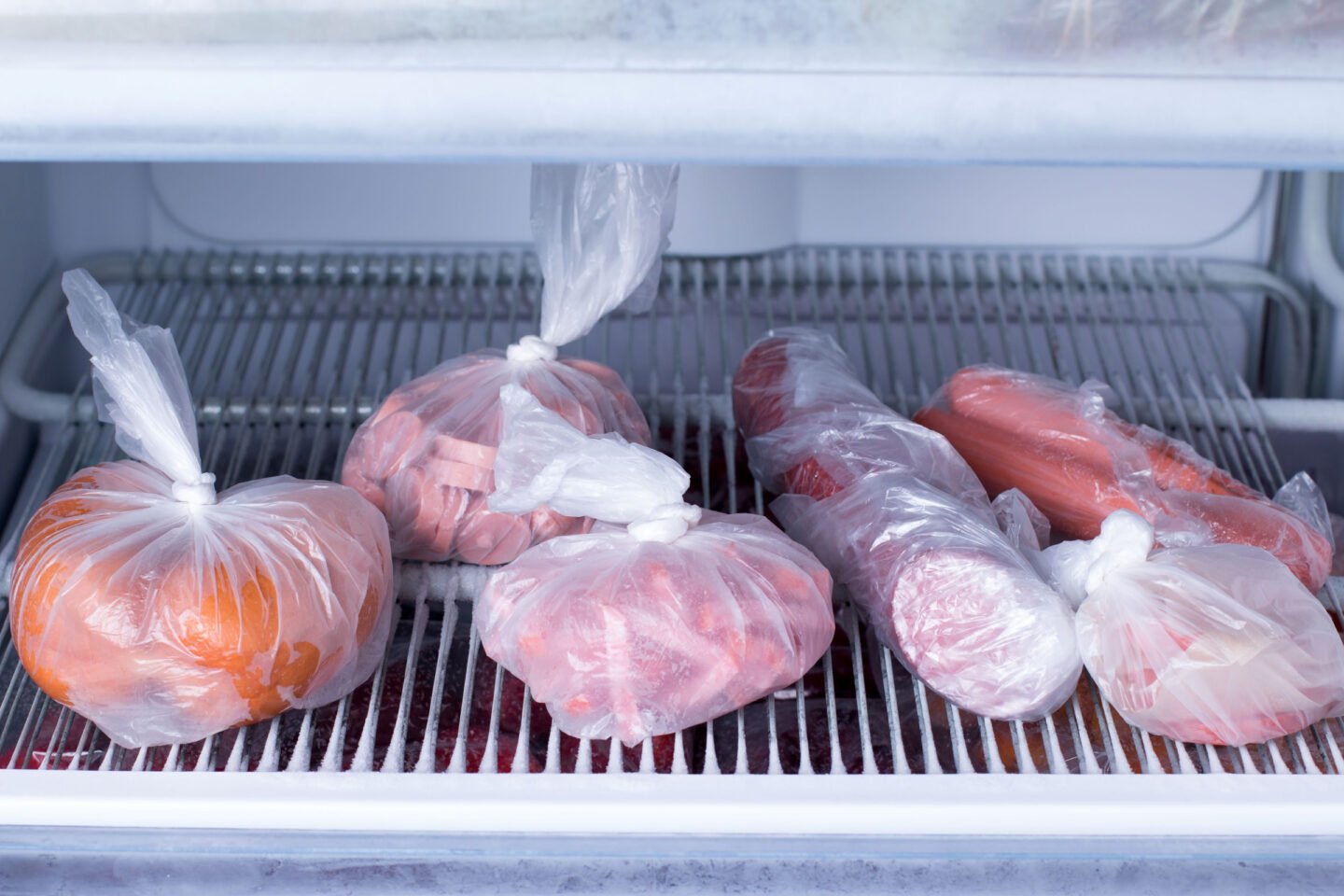
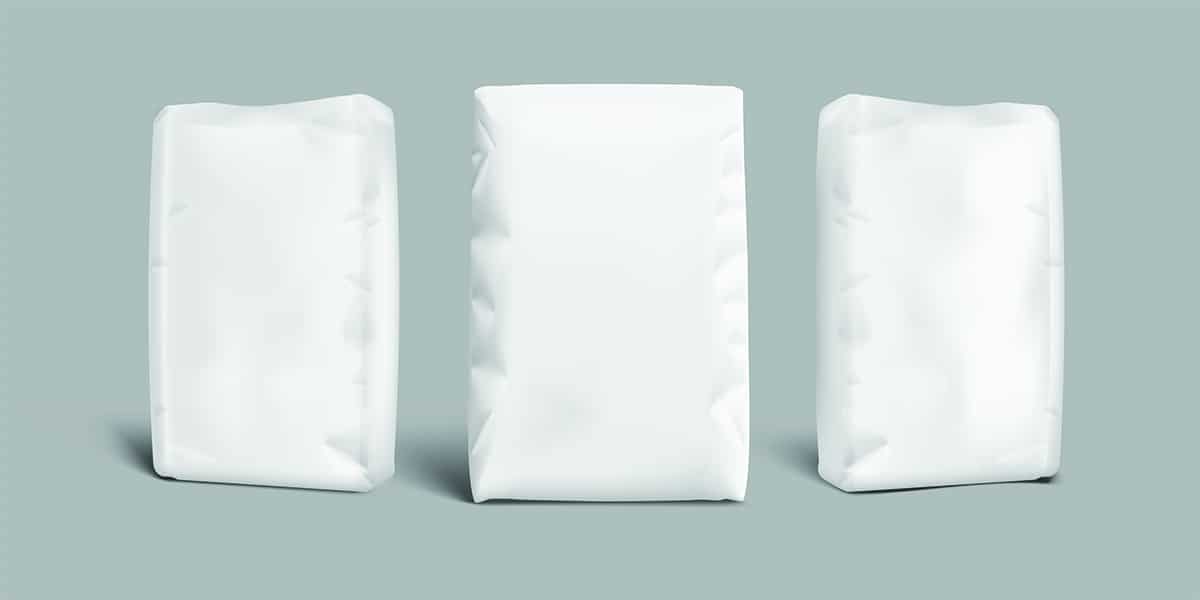

0 thoughts on “How Long Do Mushrooms Last In The Freezer”